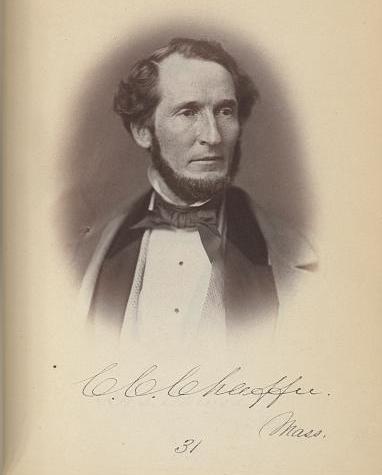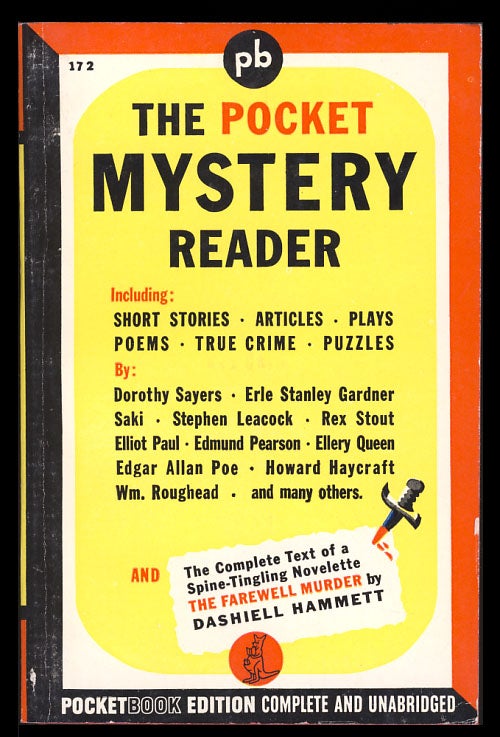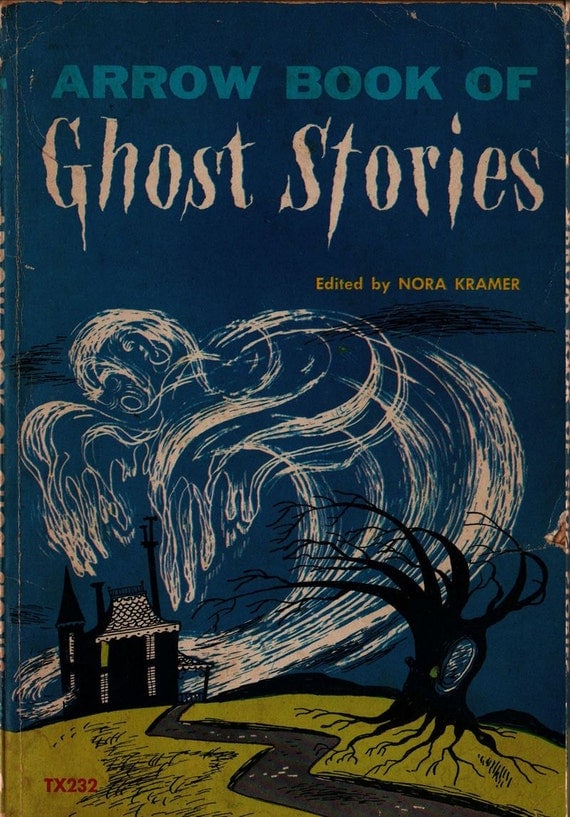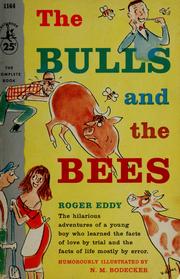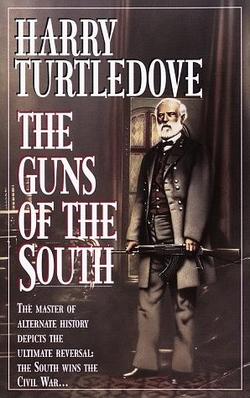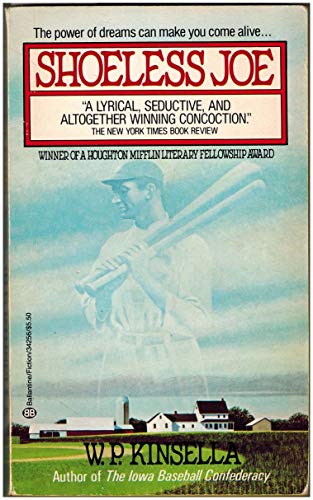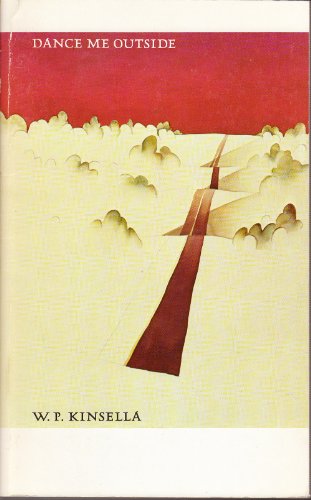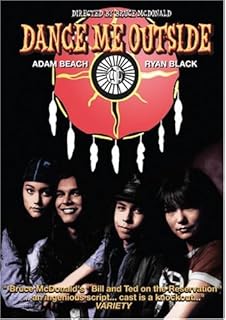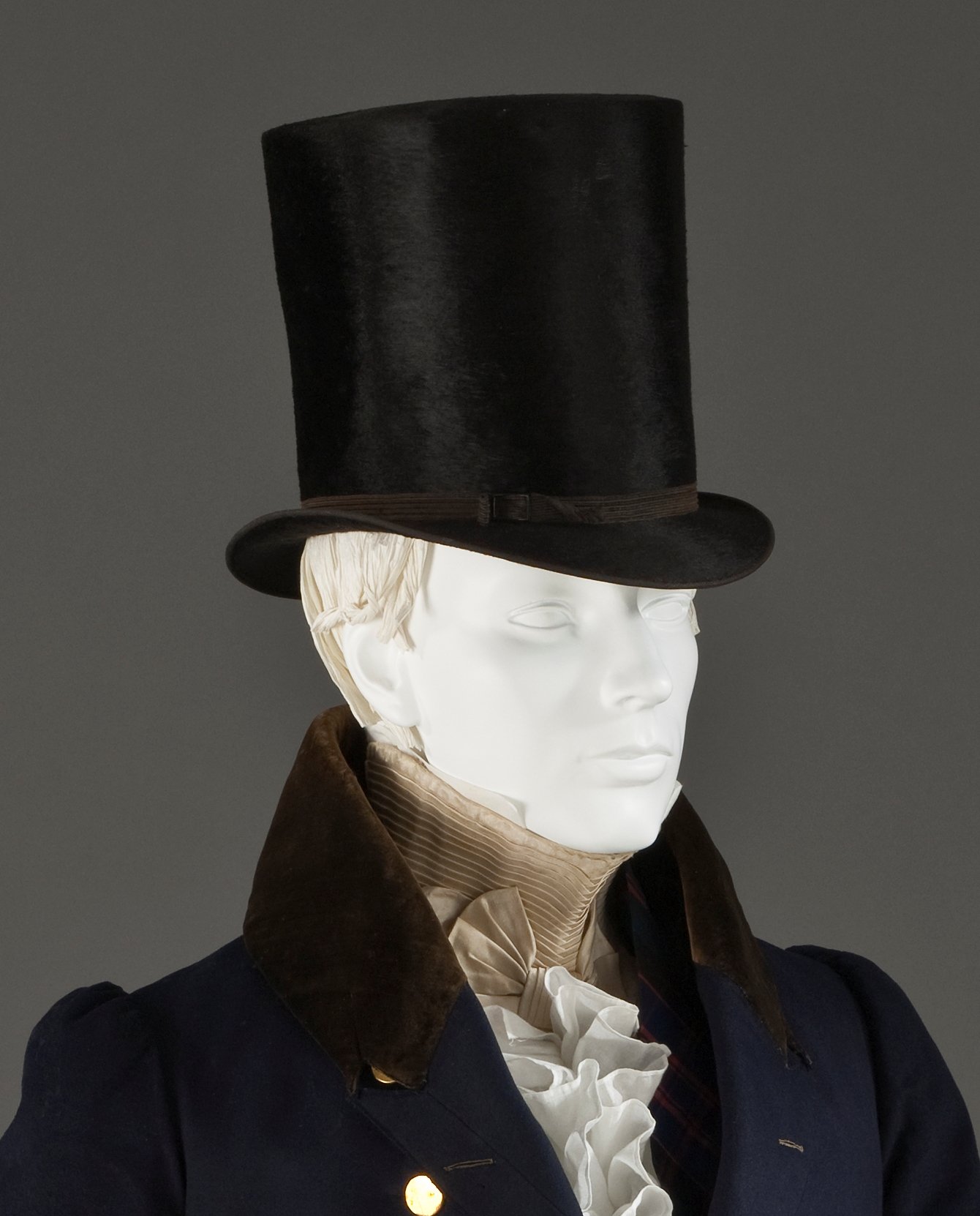On
August 13, 1899, Alfred Hitchcock was born in London. True, 117 is not
generally regarded as a milestone birthday, but if I wait around until
one of Hitchcock's true milestone birthdays falls on a date when I'm
slated to write a SleuthSayers post--well, I'm not clever enough to
figure out when that might happen, but I'm pretty sure I won't still be
around when it does. So I'd better celebrate his 117th. I welcome any
chance to celebrate Alfred Hitchcock. I admire his movies, I have fond
memories of his television programs, and I'm a loyal, grateful
author. When the topic for this post first occurred to me, I checked on
how many of my stories have made it into the magazine. Thirty-nine.
Thirty-nine steps, thirty-nine stories--it felt like a sign. I had to
write a post about Hitch.
But
although I'm a Hitchcock fan, I'm by no means a Hitchcock expert. I
don't have any insights weighty enough to develop into a unified post.
So I dipped into a couple of books, looking for any thoughts or scraps
of information that might be of interest. I re-watched several favorite
Hitchcock movies, watched a few of the less famous ones for the first
time. And I got a little help from my friends.
Just the other night, I re-watched one of my all-time favorite Hitchcock movies, 1954's
Dial M for Murder, and enjoyed it just as much as I always have. With these thoughts in mind, though, I noticed that
Dial M for Murder
has an intermission (perhaps partly because it's based on a play, and
plays traditionally have intermissions). Lots of movies used to have
intermissions, too, but I can't remember the last time I went to a new movie
that does. I doubt that's because movies have gotten shorter--plenty
still last two hours or more--or because theaters are now less eager to
have a second chance to sell popcorn and soft drinks. Maybe it's because
movie makers have become more and more convinced that, as Hitchcock
puts it, "the basic film shape is continuous." Maybe they've decided an
intermission breaks the mood, interrupts the suspense, and dilutes the
movie's effect. But I'm just guessing. If anyone has inside information
about why movie intermissions are less popular than they used to be, I'd
be glad to hear it. (I should mention a relevant SleuthSayers post
here, Leigh Lundin's 2015 "
Long Shots," which looks at Hitchcock's
use of the continuous tracking shot in
Rope.)
Columbo's Uncle?
Speaking of Dial M for Murder,
when my husband and I were watching the final scenes, he commented that
Chief Inspector Hubbard reminded him of Columbo--the determined police
detective who gets a strong hunch about who the murderer is and won't
give up until he confirms it. Like Columbo, Hubbard pretends to be
sympathetic and self-effacing while setting up a clever trap to catch an
arrogant, socially superior villain. And he wears a raincoat (which
makes more sense in London than it does in Los Angeles). The thing that
really caught my husband's attention, though, was that at one point
Hubbard says, "Just one other thing" as he questions the person he
rightly suspects to be guilty. That made the similarities too striking
to ignore. True, Hubbard is more elegant and fastidious than Columbo.
It's hard to imagine Columbo whipping out a tiny comb to smooth his
mustache. (For that matter, it's hard to imagine Columbo with a
mustache.) But did this supporting character from a 1954 Hitchcock movie
inspire one of America's most beloved television detectives?

I
have no idea. I wasted a couple of delightful hours Googling about and
found many intriguing hints but no definite link (an inside joke for Columbo
fans). The information I did find wasn't completely consistent--one
site says one thing, another says something slightly different--but
apparently the Columbo character first showed up in a 1960 short story
written by Richard Levinson and William Link and published in--where
else?--Alfred Hitchcock's Mystery Magazine. The character next appeared on the television program Chevy Mystery Show, in a 1960 episode called "Enough Rope." Levinson and Link later reworked that into a stage play called Prescription: Murder, which eventually became the pilot for the Columbo series. The titles recall Hitchcock titles, and the plot and form of Prescription: Murder bear significant similarities to the plot and form of Dial M for Murder.
A suave, nearly emotionless husband schemes to get rid of his wife and
get his hands on her money; he underestimates the police detective
assigned to the case; the audience knows from the outset that the
husband is guilty. Maybe all that is coincidence. Or maybe not. Here's
something that's almost certainly coincidence, but I find it charming:
John Williams, who played Chief Inspector Hubbard both on stage and in
the Hitchcock movie, is featured in the 1972 Columbo episode "Dagger of the Mind," playing murder victim Sir Roger Haversham.
Alfred and Edgar, Part 2
(or, not taking suspense too seriously)
In
a 1960 article called "Why I Am Afraid of the Dark," Hitchcock comments
on ways in which he and Poe are similar, and also on ways in which
they're different. Hitchcock was sixteen, he says, when he read a
biography of Poe "at random" and was moved by the sadness of his life: "I
felt an immense pity for him because, in spite of his talent, he had
always been unhappy." Later, when Hitchcock was working in an office,
he'd hurry back to his room to read a cheap edition of Poe's stories.
"The Murders in the Rue Morgue" got him thoroughly scared, he says, and
he thoroughly enjoyed it.
The
experience led him to an important discovery: "Fear, you see, is a
feeling that people like to feel when they are certain of being in
safety." A "gruesome story" can be terrifying, but "as one finds oneself
in a familiar surrounding, and when one realizes that it's only
imagination which is responsible for the fear, one is invaded by an
extraordinary happiness." Hitchcock compares the sensation to the relief
we feel when we're very thirsty and then take a drink. It's an
interesting idea. When we scream through the shower scene in Psycho,
is it the fear itself we enjoy? Or do we enjoy the relief we feel when
we stop screaming, look around, and realize we're still in a dark but
safe theater (or, these days, when we realize we're still in our
well-lit family rooms, with our cats dozing in our laps)?
Hitchcock
acknowledges a kinship with Poe. "We are both," he says, "prisoners of a
genre: suspense." Further, "I can't help but compare what I try to put
in my films with what Poe puts in his stories: a perfectly unbelievable
story recounted to readers with such a hallucinatory logic that one has
the impression that this same story can happen to you tomorrow." Even
so, he says,
I don't think that there exists a real resemblance between Edgar Allan Poe and myself. Poe is a poete maudit
and I am a commercial filmmaker. He liked to make people shiver. Me
too. But he didn't really have a sense of humor. And for me, "suspense"
doesn't have any value if it's not balanced by humor.
You probably already know what
poete maudit means. Despite five years of high-school and college French, I had to look it up. According to the Merriam Webster website, a
poete maudit is an "accursed poet," a "writer dogged by misfortune and lack of recognition."
I
find these comments fascinating. I don't know enough about either
Hitchcock or Poe to speak with any authority--I don't know how honest
Hitchcock is being, or how accurate his views of Poe may be--but he
seems to present himself as a happy, successful artist who has won the
sort of recognition that eluded Poe. He creates terrifying movies but
stands at a distance from them, well balanced enough to realize the
stories he tells are "perfectly unbelievable." Does Hitchcock imply that
Poe lacked such balance, that the nightmares he created reflect his own
experience of life? Perhaps. At any rate, Hitchcock presents himself as
someone who makes scary movies because he enjoys making people
"shiver," not because he shares the sorts of torments he depicts. So no
matter how horrifying the visions on the screen become, he can see the
humor in the situation.
Many would challenge the idea
that Hitchcock was happy and well balanced. His sense of humor
seems hard to deny. In a 1963
Redbook interview, Hitchcock
comments, "In producing the movies that I do, I find it would be
impossible without a sense of humor." And in the
New York Times Magazine interview
mentioned earlier, he says comic relief can be effective even during a
chase, as long as the humor isn't too broad and doesn't make the hero
look foolish. We probably all have favorite examples of comic relief in
Hitchcock movies, of moments when we laugh out loud even while cringing
in fear. For example, there's the climax of
Strangers on a Train.
(If you haven't seen the movie, please skip the rest of this paragraph,
and the next paragraph, too. Then please go see the movie.) Hitchcock
cuts from one frightening image to another as hero and villain grapple,
as people on the carousel scream, as an old man crawls slowly toward the
off switch, in danger of being crushed at any moment. It's terrifying.
But
it's funny, too. The old man looks like a comic figure, not a tragic
one--he's chewing on something as he inches forward, and at one point he
pauses to wipe his nose. And amid all the screaming, scrambling people
on the carousel, one little boy sits up straight on his horse, smiling
broadly, clearly having the time of his life. Maybe he's unaware of the
danger. Or maybe he's enjoying it.
That brings us to "The Enjoyment of Fear," an article Hitchcock published in
Good Housekeeping
in 1949. (Remember when women's magazines used to include some articles
with real substance?) It echoes some ideas I've already mentioned, but I
can't resist the temptation to quote a passage that, I think, gives us
an additional insight into Hitchcock's technique, and into the nature of
literary suspense. He says again that viewers can enjoy the fear of
watching a frightening movie because they know they're safe--they're not
on that madly careening carousel in
Strangers on a Train. Then he takes things one step further:
But
the audience must also be aware that the characters in the picture,
with whom they strongly identify themselves, are not to pay the price of
fear. This awareness must be entirely subconscious; the spectator must know the spy ring will never succeed in pitching Madeleine Carroll off London Bridge, and the spectator must be induced to forget what he knows. If he didn't know, he would be genuinely worried; if he didn't forget, he would be bored.
Over
the years, I've gotten addicted to several television dramas that kill
off secondary characters at a sometimes alarming rate. Whatever dangers
they may face, we know Tony Soprano, Jack Bauer, and Carrie Mathison
will survive more or less intact, at least until they reach the final
show of the final season. Even then, if there's any chance of a
follow-up movie or a reunion show, we know the protagonist is safe. But we also know their friends,
co-workers, and lovers are fair game at any moment. That's one way to keep
the audience in suspense. Hitchcock describes a more delicate approach:
Deep down, we know the protagonist is safe, but the suspense reaches
such a height that we forget. That sounds almost impossible, but I think
it happens. Think of a moment when a Hitchcock protagonist seems to be
in mortal danger. Don't we forget, just for a moment, that Hitchcock
wouldn't really kill Jimmy Stewart?
And then, of course, there's the shower scene in
Psycho. (If you haven't seen
Psycho--but everybody's seen
Psycho.)
Doesn't that violate the trust between director and audience, the trust
that allows us to enjoy being scared? Maybe--maybe that's why many
would say
Psycho crosses the line between suspense and horror.
But I think Hitchcock tries to make sure we don't "strongly identify" with Janet
Leigh's character. After all, she's a thief. And the first time we see
her, she's in bed with a lover--that might not alienate many viewers
today, but I bet it alienated plenty in 1960. Also, before we have time
to get deeply attached to her, she's gone. Her violent death shocks us,
but I'm not sure it saddens us all that much. If Cary Grant plummeted to
the base of Mount Rushmore, I think we'd be more upset.
Last Thoughts
As
I said, when I started work on this post, I decided to get a little
help from my friends. A birthday tribute should include some sort of
biographical perspective, but I didn't feel up to doing the necessary
research myself. So I turned to a promising young scholar, Shlomo
Mordechai Gershone (a.k.a. my ten-year-old grandson, Moty). He
contributed these insights:
I read Who Was Alfred Hitchcock?
and learned a lot. Alfred Hitchcock was a very interesting person. He
was big, loud, and funny, but also wrote things that were full of
suspense and mystery. He told stories about being locked in a jail cell
at the age of five. He would say that five minutes felt like five years
to the young Hitch. That suspense was expressed in his movies, his
television shows, and the stories in his magazine, Alfred Hitchcock's Mystery Magazine.
(Where have I heard that before?) He spent his whole life talking and
writing about mystery, but passed away peacefully in his sleep.
(Anticlimax)
An
ability to say a great deal in a short space, a sense of humor, a
critical perspective--maybe I'm slightly biased, but I think this young
man has a future as a writer.
Also,
I thought it would be fun to do a quick survey of my Facebook friends
(mostly mystery readers and writers), asking them to name their favorite
Hitchcock movies. Obviously, there's nothing scientific about this
survey, but perhaps it points to at least some of the Hitchcock movies
that are standing the test of time.
Rear Window
topped the survey with nine votes. Shawn Reilly Simmons saw it when she
was quite young and still remembers "jumping out of my seat at the
suspense." (Many other people put
Rear Window second or third on their lists, but I decided to count only the first movie each person mentioned.)
Vertigo
came in second with five votes. Art Taylor admires it for many reasons,
"but really what may fascinate me most is the fact that so much of it
is told purely through images." Rob Lopresti is also enthusiastic,
saying the movie has a "ridiculous plot that I believe completely when I
am watching." (That reminded me of Hitchcock's statement that he tells
"perfectly unbelievable" stories with such strong "hallucinatory logic"
that viewers think "this same story can happen to [them] tomorrow." I
think Hitch would love Rob's comment.) Three movies tied for third
place, with four votes each--
Rebecca, North by Northwest, The Birds. (Diane Vallere, the next president of Sisters in Crime, made
Rear Window her top choice but loves
The Birds so much she once created a Halloween costume inspired by it.) Several other movies scored one or two votes--
Strangers on a Train, Dial M for Murder, The Trouble with Harry, Foreign Correspondent.
So even in this tiny sample, there's plenty of disagreement. In my
opinion, that points to the vitality and breadth of Hitchcock's
achievement: He created many masterpieces that, decades after his death,
still have passionate advocates.
Finally, I'll add a couple of personal notes. As I said, thirty-nine of my stories have been fortunate enough to appear in
Alfred Hitchcock's Mystery Magazine.
One of them, "A Joy Forever," is a Macavity finalist this year. If
you'll be voting on the Macavity awards, and even if you won't, perhaps
you'd like to read the story. You can find it on my website, at
http://www.bkstevensmysteries.com/book/a-joy-forever/.
And two nights ago, when I took a break from working on this post and checked my e-mail, I learned that
AHMM
has accepted a fortieth story, "Death under Construction." I've been
watching my e-mail for some time, hoping for this news. Thank goodness
the suspense has ended.
(I won't be able to respond to comments on Saturday,
but I'll respond to every comment on Sunday. I promise.)
 I usually write these things weeks in advance. Had one all set up, but I'm kicking it aside because of something that happened today (Tuesday).
I usually write these things weeks in advance. Had one all set up, but I'm kicking it aside because of something that happened today (Tuesday).






